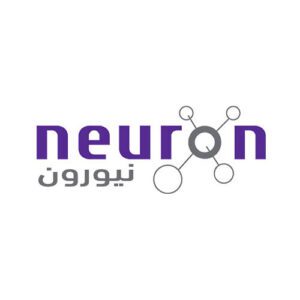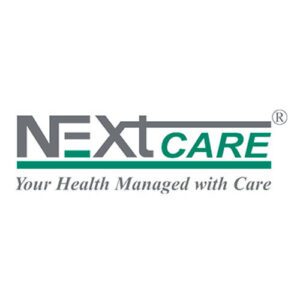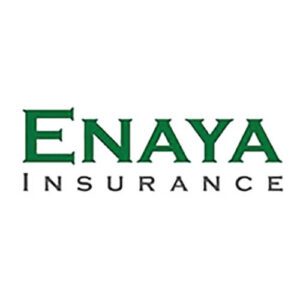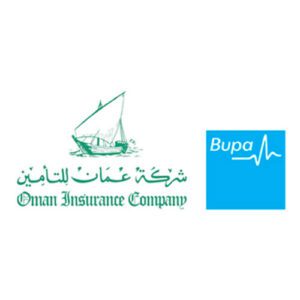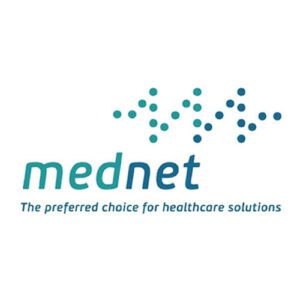Invasive cardiology differs from non invasive cardiology and most often involves minimally invasive or open surgery. As a treatment option it is used in the treatment of conditions that impair the structure or function of the heart. When it comes to cardiology Dubai has quite a few choices to choose from, at Valiant we have invested significantly in medical technology that allows our cardiologists to make the right diagnosis.
Arterial diseases such as coronary artery disease (CAD), heart valve disease and cardiovascular diseases in general are increasingly prevalent in today’s world and medical advances in internal medicine procedure and diagnosis help achieve success in invasive cardiology. The most common procedures that fall under the field of invasive cardiology are stenting, angioplasty, implantable cardioverter-defibrillator (ICD) placement, pacemaker placement, aortic valve procedures and mitral valve procedures.
Our handpicked team of invasive cardiac surgeons are qualified to diagnose and treat heart disease, congestive heart failure, heart valve disease and congenital heart problems. Our specialists examine the health of a patient to determine root causes of symptoms and make a holistic health assessment. The doctor might conduct a range of tests and scans such as blood tests and electrocardiogram or ECG tests if these procedures as part of the diagnosis process.
REQUEST AN APPOINTMENT
A member of our team will reach out to you & quickly get you booked in for an appointment with the most relevant member of our cardiology team.
MEET OUR CARDIOLOGY TEAM
- All
- Cardiac Surgery
- Cardiology
The best way to find out about the full range of invasive cardiology treatment options would be to get in touch with our team using the contact form below, while researching the issue it might be useful to understand the following areas:
ANGIOPLASTY
Referred to as a percutaneous coronary intervention (PCI), an angioplasty is a procedure that aims to help blood flow in narrowed or blocked arteries by expanding or reopening them. Often guided by X-ray imaging, a catheter is used to expand narrowed areas, a tiny balloon can be used with a stent to reopen these sections of diseased arteries. A stent is a small medical device that acts as a mechanical framework to keep the artery open once the balloon is removed.
INTERVENTIONAL CARDIOLOGY
Interventional cardiology is a non-surgical form of treatment involving the use of catheters to treat structural abnormalities of the heart, including coronary artery disease, peripheral vascular disease, and heart valve disorders. Interventional cardiology tends to be performed using a method called transradial catheterization, which reduces the risks associated with bleeding complications, reduces discomfort and shortens recovery time.At Valiant Clinic & Hospital, our team of invasive and interventional cardiologists provide expertise in the diagnosis and treatment of conditions that affect the cardiovascular system, choosing the best option for each patient's individual case and history from a wide range of minimally-invasive and modern techniques to ensure patients’ cardiovascular health is restored.
MITRAL VALVE DISEASES
The mitral valve is the valve in the heart located between the left heart chambers, between the left atrium and left ventricle. The mitral valve can suffer from several issues including heart valve disease that can impair its operative efficiency, this can include regurgitation (mitral valve regurgitation) where the flap fails to form an effective seal when closing which causes blood to leak in a backwards direction. Another issue is mitral valve stenosis, which involves a stiffening or thickening of the valve which narrows the opening, impeding and reducing blood flow. The treatment of these issues depends on how bad the issue is and surgery is often the most effective choice in repairing or replacing the mitral valve.
PACEMAKER
A pacemaker is a medical device that is inserted into the chest area of the body usually just below the clavicle or collar bone. The device usually is battery-powered and has an electrode that is connected directly to the heart. Usually, a pacemaker detects and monitors and the speed of the heartbeat, and if the rate of heartbeats falls below a certain threshold, the pacemaker detects this and sends an impulse via the electrode to stimulate the muscles in the heart to beat faster, thus setting a 'pace' for the heartbeat at a more appropriate rate. There are many different types of pacemakers which are individually selected for your particular needs.
PERIPHERAL VASCULAR DISEASE
Peripheral Vascular Disease or PVD can be thought of as an umbrella term that refers to a number of diseases that impair the blood circulation. These diseases can affect arteries, veins and lymphatic vessels, and whilst most commonly appearing in the legs, they can also appear in the arms, neck and face. Wherever it appears, PVD is a disorder that results in the narrowing of the blood vessels responsible for getting heart to your heart and brain, these vessels can also become blocked. PVD typically causes pain and fatigue, especially in the legs, where cramps can develop or they become pale in color or turn reddish blue. Around 50% of the patients who are diagnosed with PVD exhibit no symptoms at all, however the most common symptom we find is cramping in the legs that happens when in use but reduces or disappears when at rest, this condition is called intermittent claudication.
Atheroclerosis is the most common cause of PVD, plaque builds up in the walls of the arteries. When this happens the volume of blood flow to the limbs reduces and in concert, so too does the amount of oxygen and other vital nutrients that the blood carries. Other causes can include infections and viral infections, injuries to the limbs and congenital conditions.
Risk factors for PVD can help increase the chance that a person develops this type of heart disease over the course of their life, we tend to categorise these factors into ones that cannot be mitigated ones that can, factors that cannot be alleviated can include age (we often see the risk increase in those over 50 years old), historical heart disease and having a history of high cholesterol and high blood pressure or hypertension in the family. Factors that can be mitigated are often lifestyle related and include being overweight, physical inactivity, smoking (tobacco and vaping) as well as diabetes.
PARTNERING WITH LEADING
MEDICAL INSURANCE PROVIDERS
We work with leading medical insurance providers in the country, if you have any questions or queries just give us a call on 8008254268.



